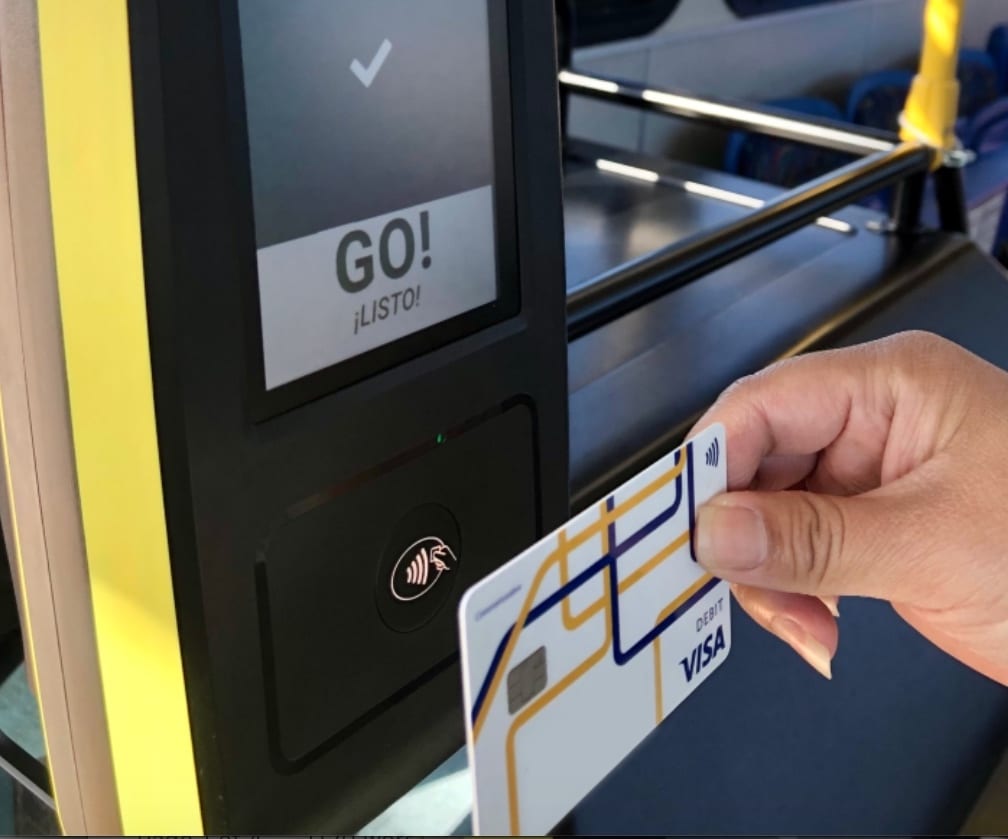
Article Highlights
As part of California’s initiative to help transit agencies throughout the state to roll out open-loop payments, one of those agencies has launched a trial enabling customers to link eligibility for senior discounts to their bank cards. If successful, this trial could help solve the problem of how agencies can support concessionary fares with bank cards. One drawback with the latest trial is that it doesn’t apparently support NFC mobile wallets, only physical bank cards.
Perhaps it’s a bit ironic that California seeks to encourage residents to get out of their cars and take public transit in part by tapping the state’s huge database of driver’s licenses. California owns the largest such database in the country. It includes information on other state-issued ID cards, as well.
California officials have launched a new phase in one of their trials of open-loop payments in the state–testing a solution to the problem of how to grant discounts to seniors or other customer segments with the same contactless EMV payments cards the customers tap to pay for fares.


















